A couple of months ago, you might have noticed press reports where iSPIRT took a strong stance against software patents in India. The global experience with software patents has been that it leads to increased patent litigation, and uncertainty for startups. Thanks to some enlightened policy making, India has been relatively free of the kind of software patent lawsuits that we see in the US, and we would like to keep it that way.
Software Patents FAQs for Indian Startups
Executive Summary
As India’s product startup ecosystem grows and becomes global, the issue of software patents becomes increasingly important. Most startups work extremely hard to grow their marketshare, but do not realize the importance of a software patents strategy for protecting their interests. This document answers some of the most common questions that startups have around software patents. It outlines the importance of a software patents strategy, clarifies some of the common misconceptions around software patents, and proposes a software patents strategy for Indian startups to consider.
Note: This set of FAQs includes information about legal issues and legal developments. These are for informational purposes only. These are not intended, and should not be taken, as legal advice on any particular set of facts or circumstances. You should contact a lawyer for advice on specific legal issues. We don’t accept any responsibility or liability for the accuracy, content, completeness, legality, or reliability of the information contained in these materials.This document is intended for startup founders and executives. It aims to be a starting point for discussions around software patents, and not the last word on this subject.
1. Why do I need a software patents strategy?
Every IT company, and especially one that aims to go global, has to have a software patents strategy in place. This is one area where the old saying, “A stitch in time saves nine,” holds true. A proactive strategy can help many software startups improve their valuations and prevent a lot of grief. Some Venture Capitalists (VCs) tend to assign a higher valuation to startups that have software patents, though this depends from VC to VC.
Patents can also help startups from a defensive perspective. When a startup is flying under the radar, software patents might not be much of an issue. However, when a startup grows big, starts hitting the headlines, or goes global,[1] that is the time when the risk of patent litigation shoots up. Apart from being an expensive business, patent litigation can create a cloud of uncertainity over your business, and potentially scare away clients.[2] Startups that plan to take their products and services to markets like the US, that allow software patents, should be especially careful about software patents.
2. What is a patent?
A patent is a state granted monopoly to an inventor, in return for disclosure of the details of the invention. This monopoly is granted for a limited period of time. The classical test of whether something is an invention or not is novelty, usefulness, and non-obviousness. The word patent originates from the Latin word, patere, which means “to lay open” (i.e., to make available for public inspection).
3. India does not allow software patents. Therefore, why should I be worried?
Section 3 of the Indian Patent Act deals with things that are not considered to be inventions within the meaning of this Act. Section 3(k) of the act says that, “A mathematical or business method or a computer programme per se or algorithms are not patentable.” However, the definition of “per se “ has proven to be controversial. The recent guidelines from the Indian Patent Office on Computer Related Inventions would have the effect of making software a patentable subject matter, as long as it has technical effects. Many, including, iSPIRT have argued that this is against the will of the Indian Parliament, which had rejected a move to grant patents on technical effects of software.
Despite the controversy over how “software per se” should be defined, the number of patent applications that are being filed at the the Indian Patent Office is multiplying, and there is a sharp surge in the number of patents granted by the Indian Patent Office every year. A large number of these patent applications cover software in some form or the other. The legal validity of such patent grants is in question, but if these patent owners begin suing for infringment, it can cast a cloud of uncertainity over startups.
Startups that aim to go global will have to have a software patent strategy in place, when they enter markets like the US, where software patents are granted. This is because software patent litigation is an expensive business and a defensive mechanism needs to be in place. It would be advisable for such startups to hire a patent lawyer and check if they might be infringing on any software patents. If they are indeed infringing, they might have to either obtain a licence to use those patents or rewite their code, to ensure they are not infringing.
If your startup has an app (or builds apps for others), it has to be kept in mind that the jurisdiction of the app store is the US, since the major app stores are owned by companies based in the US[3].
Therefore, being proactive, and putting a software patent strategy in place, will help your organization in the long run.
4. If I cannot use patents to protect my software, how else can I protect it?
Software is algorithms for computers in human readable terms. Software can be protected through copyrights and trade secrets. Trade secrets offer certain advantages over software patents.
- Patent protection does not cover “abstract ideas” whereas trade secret protection can. Trade secret protection can cover almost any information (including code) which is secret and which provides an economic advantage over others.
- Patent protection is for a limited period of time (depending upon jurisdiction) but trade secret protection is available indefinitely.
- Patent protection is expensive and time consuming to obtain. In India, trade secret protection can be obtained simply by way of confidentiality and non-disclosure agreements. It is quicker and cheaper.
5. What is the harm if we also use patents, in addition to copyrights and trade secrets to protect software?
Protecting software with patents add another layer that complicates the lives of software developers. Under copyright law, if software developers write code that is similar to that of another, they can defend themselves on the grounds of independent invention because copyright protects the expression of an idea. However, the same defense is not possible under a software patent regime because a patent is a monopoly on the idea itself. Thus, even if software developers independently create a program, they may be liable for infringement, in countries that allow for software patenting.
Even end-users who use software for routine, everyday activities may be liable for infringement. For example, in the US, which has the most permissive software patenting regime, McDonalds and 400 other entities were served notices for violating DataCard’s patent on “Method for processing debit purchase transactions using a counter-top terminal system.” In another case, a company called Beneficial Innovations, sued the New York Times, You Tube and many other media organizations for allegedly violating its patent on “Method and system for playing games on a network.” Therefore the problem of software patents is not one that is confined to the software development industry alone and ends up increasing the cost of software for society as a whole.
6. What are the defensive strategies that I can adopt?
You could join a patent non-agression network like the Open Invention Network (OIN), which is the largest patent non-agression community with 1,700 members as on August 2015. Membership to OIN is free, and members have to agree that they will not sue other members of OIN around the Linux System, a list of 2,300 packages of core infrastructure technology in Linux and open source. Members also get a royalty free license to 1000 software patents owned by OIN, worth around $90 million. OIN was formed to protect Linux and Open Source users from patent litigation.
Startups that are not in the business of licensing patents to others should consider filing defensive patents. This can be an expensive business costing around $15,000 per patent (Rs 9.45 lakhs approximately).
Startups that have a unique idea, but do not want to go to the expense of filing a patent can consider submitting their ideas to www.defensivepublications.org that will review ideas and take care of patenting selected ideas. Defensive publications, which are endorsed by the US Patents and Trademarks Office (USPTO) as an Intellectual Property Rights management tool, are documents that provide descriptions and artwork of a product, device or method so that it enters the public domain and becomes prior art. This powerful preemptive disclosure prevents other parties from obtaining a patent on the product, device or method. It enables the original inventor to ensure that they have access to their invention by preventing others from later making patent claims on it. It also means that they do not have to shoulder the cost of patent applications.
7. What are the different forms of IP and can you offer a comparison between them?
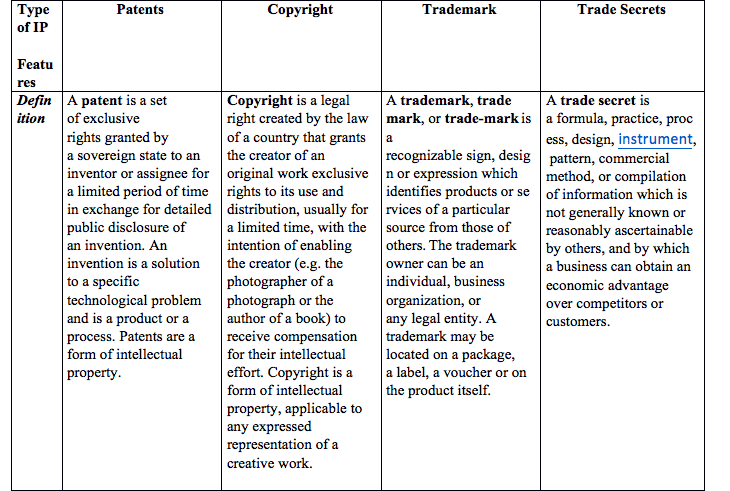
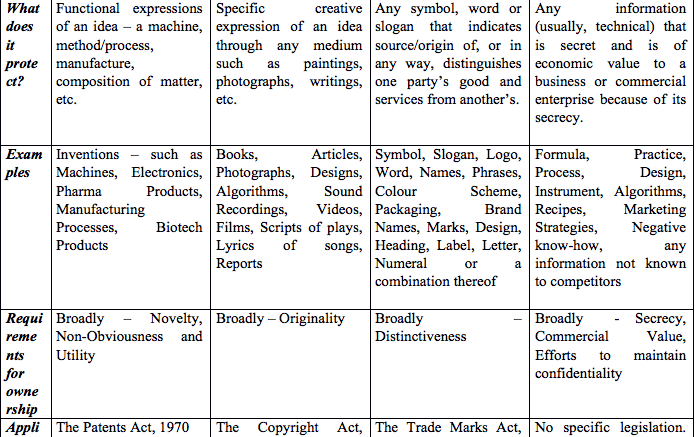

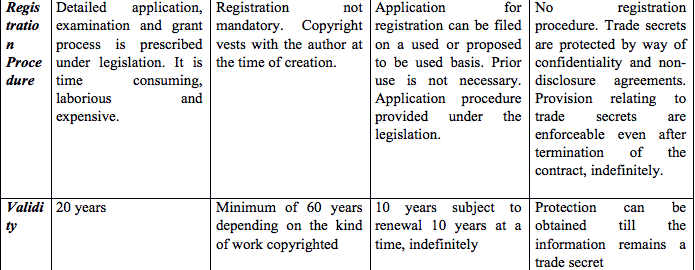
8. How are patents granted? Do the norms vary from country to country?
The procedure for granting patents, the requirements placed on the patentee, and the extent of the exclusive rights vary widely between countries according to national laws and international agreements. Typically, however, a granted patent application must include one or more claims that define the invention. A patent may include many claims, each of which defines a specific property right. These claims must meet relevantpatentability requirements, such as novelty, usefulness, and non-obviousness. The exclusive right granted to a patentee in most countries is the right to prevent others, or at least to try to prevent others, from commercially making, using, selling, importing, or distributing a patented invention without permission.
9. If patents are granted by a sovereign state, does it mean that I have to file for the same patent in multiple geographies?
The procedure for granting patents, the requirements placed on the patentee, and the extent of the exclusive rights vary widely between countries according to national laws and international agreements. Typically, however, a granted patent application must include one or more claims that define the invention. A patent may include many claims, each of which defines a specific property right. These claims must meet relevantpatentability requirements, such as novelty, usefulness, and non-obviousness. The exclusive right granted to a patentee in most countries is the right to prevent others, or at least to try to prevent others, from commercially making, using, selling, importing, or distributing a patented invention without permission.
Under the World Trade Organization‘s (WTO) Agreement on Trade-Related Aspects of Intellectual Property Rights, patents should be available in WTO member states for any invention, in all fields of technology,]and the term of protection available should be a minimum of twenty years. Nevertheless, there are variations on what is patentable subject matter from country to country. New Zealand, for instance, has taken a stance that software is not an invention and therefore, does not grant software patents.
10. What are patent trolls or Non Practicing Entities (NPEs)?
Patent trolls or Non Practicing Entities (NPEs) are organizations that exist solely for suing as a rent seeking or economic activity. Patent trolls usually strike when a startup is being acquired, is going public, or it announces the acquisition of large clients.
11. How difficult is it to file for a software patent, in jurisdictions that allow it?
Filing patents is a tedious process. Each step in the process of patent grant including filing, examination and closure is an expensive one. Companies with limited resources should in fact, give very careful consideration to a decision to file for patents. Many companies including huge market players file patents as a defensive measure rather than an offensive one. Therefore, it is important to focus on only high quality patents because only those provide a reliable and secure defensive cover. If a company has decided to invest huge sums of money in patenting activity, it would be prudent to have one good quality patent (for instance) rather than several patents of questionable merit and quality. What constitutes a good quality patent is dependent on the specific facts.
It is important to remember that patents are granted on a country by country basis and its prosecution is also on a country by country basis. Not all countries consider software a patentable subject matter. While patent applicants may file applications in various countries (which are signatories of the Patent Cooperation Treaty) with an advantage of the same priority date (i.e. the date on which the application was first filed in any country), a PCT application is helpful only to the extent of locking in on priority date. It does not however, ensure smooth patent grant procedures in all jurisdictions and the same is subject to local laws relating to patentable subject matter and examination rules. Several patent applications lose out in the examination stage in jurisdictions which have strict examination procedures and a tighter filtering mechanism for quality.
Given the above, there are obvious disadvantages to disclosure of technology a company may have spent a great deal of money and resources creating/developing. First of all, it makes otherwise confidential information public and makes the company more vulnerable to patent infringement suits. Secondly, it exposes the company’s business strategy or core technology asset to be accessed by entities in other jurisdictions who may have easy access to a patent in their country. There is no telling who may actually become privy to the company’s valuable technology assets and the company would not even be in the know if a potential competitor in a different country may use it to its advantage, especially in countries where software is not patentable. A lot of time, resources and money may therefore get wasted on waiting for a patent grant which may be well spent on actual innovation by the company.
Many high-tech companies, especially in the software product space, use trade secrets to protect their truly innovative and valuable assets (including business strategy forming the ‘secret sauce’ of their business, so to speak) because it is considered a much more effective mechanism to protect their IP without giving away or disclosing any part of their confidential information. Trade secret protection is much less complicated, much more economical and also quite effective in protecting a company’s IP assets compared to the complicated, tenuous and confounding patenting system. While there are specific trade secret laws in the US, in India we have to rely on implicit protections under the Contract Act.
[1] See “How Life360 won its patent war,” at http://arstechnica.com/tech-policy/2015/03/how-life360-won-its-patent-war/
[2] For an example see http://www.feld.com/archives/2012/08/a-software-entrepreneur-on-the-madness-of-software-patents-and-trolls.html
[3] “More app developers sued over patent claims,” at http://www.theguardian.com/technology/2011/may/18/app-developers-sued-over-patent-claims


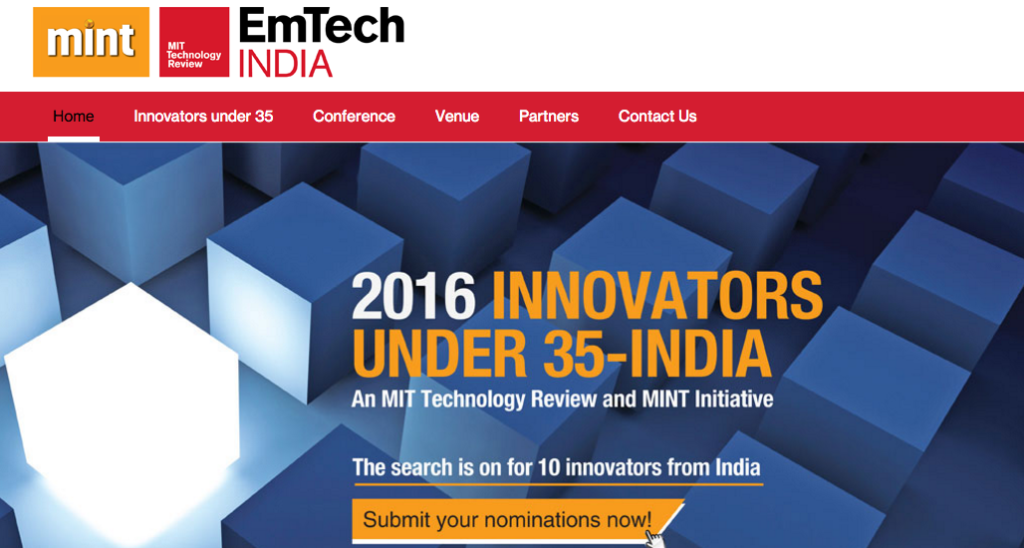
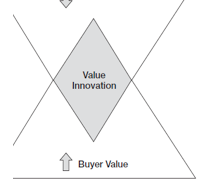 Low-end footholds exist; when an established or large organization focuses only on the prime customers or most profitable customers and overlook their needs and fail to fulfil the needs of the least profitable or low-end customers. New entrants seize the white space by servicing to these low-end segments with ‘good enough’ product. The performances of the new entrants are ever improving when compared to those established incumbents. However, the quality of their offerings increases over the period of time. New entrants create unprecedented value to the customers by adopting Value Innovation. Value Innovation is created in the region where a company’s actions favourably affect both its cost structure and its value proposition to buyers.
Low-end footholds exist; when an established or large organization focuses only on the prime customers or most profitable customers and overlook their needs and fail to fulfil the needs of the least profitable or low-end customers. New entrants seize the white space by servicing to these low-end segments with ‘good enough’ product. The performances of the new entrants are ever improving when compared to those established incumbents. However, the quality of their offerings increases over the period of time. New entrants create unprecedented value to the customers by adopting Value Innovation. Value Innovation is created in the region where a company’s actions favourably affect both its cost structure and its value proposition to buyers.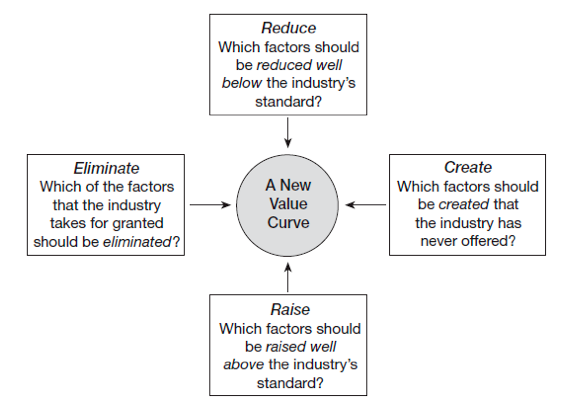
 Digital wallet and mobile commerce marketplace Paytm is creating huge market by enabling more than 80,000 merchants to do the transactions on its platform. Paytm is an Indian e-commerce shopping website launched in 2010, owned by One97 Communications which initially focused on Mobile and DTH Recharging. The company is headquartered in Noida, India. It gradually provided recharging and bill payment of various portals including electricity bills, gas bills, as well as telephone bills. Paytm entered India’s e-commerce market in 2014, providing facilities and products similar to businesses such as Flipkart, Amazon.com, Snapdeal. In 2015, it added booking bus travel. In July 2015, it included industrial supplies such as power tools, safety and security equipment, test & measurement apparatuses, machines, lab supplies, abrasives etc on its platform. Paytm states that the initiative will help SMEs get in touch with different suppliers for different needs. Currently, it claims to have crossed over 100 million users in the country in a very short span. It also declares that more than 75 million transactions are made through their platform. In 2014, the company launched Paytm Wallet, India’s largest mobile payment service platform with over 40 million wallets. The service became the preferred mode of payment across leading consumer internet companies such as Uber, BookMyShow, MakeMyTrip and many more.
Digital wallet and mobile commerce marketplace Paytm is creating huge market by enabling more than 80,000 merchants to do the transactions on its platform. Paytm is an Indian e-commerce shopping website launched in 2010, owned by One97 Communications which initially focused on Mobile and DTH Recharging. The company is headquartered in Noida, India. It gradually provided recharging and bill payment of various portals including electricity bills, gas bills, as well as telephone bills. Paytm entered India’s e-commerce market in 2014, providing facilities and products similar to businesses such as Flipkart, Amazon.com, Snapdeal. In 2015, it added booking bus travel. In July 2015, it included industrial supplies such as power tools, safety and security equipment, test & measurement apparatuses, machines, lab supplies, abrasives etc on its platform. Paytm states that the initiative will help SMEs get in touch with different suppliers for different needs. Currently, it claims to have crossed over 100 million users in the country in a very short span. It also declares that more than 75 million transactions are made through their platform. In 2014, the company launched Paytm Wallet, India’s largest mobile payment service platform with over 40 million wallets. The service became the preferred mode of payment across leading consumer internet companies such as Uber, BookMyShow, MakeMyTrip and many more.



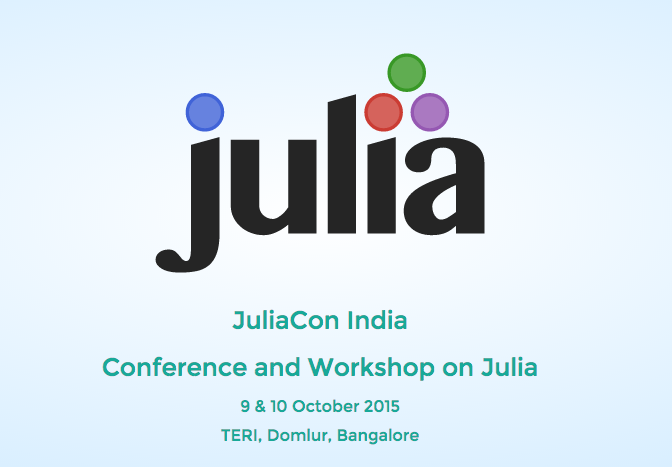



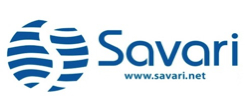



 People will argue that it is the wholesalers/distributors that are selling online and, thereby, cutting out the local retailer margins and passing the cost savings to the end consumer. While it sounds convincing on paper, but the reality is very different. In the evening, if you visit the local market area in any city, you can see the courier boys of the e-tailers picking up goods from retailers in the same market. I see this regularly when visiting my local market once or twice a week. These are the very same shops from where I buy that are now selling on e-tail portals.
People will argue that it is the wholesalers/distributors that are selling online and, thereby, cutting out the local retailer margins and passing the cost savings to the end consumer. While it sounds convincing on paper, but the reality is very different. In the evening, if you visit the local market area in any city, you can see the courier boys of the e-tailers picking up goods from retailers in the same market. I see this regularly when visiting my local market once or twice a week. These are the very same shops from where I buy that are now selling on e-tail portals. After all, what’s surprising? Indians including Ajay Banga (MasterCard), Victor Menezes (Citibank), Indra Nooyi (PepsiCo) and Anshu Jain (Deutsche Bank) have been CEOs of global corporations. And it’s now more than 20 years since Rajat Gupta became the CEO of the world’s bluest blue management consulting firm—McKinsey!
After all, what’s surprising? Indians including Ajay Banga (MasterCard), Victor Menezes (Citibank), Indra Nooyi (PepsiCo) and Anshu Jain (Deutsche Bank) have been CEOs of global corporations. And it’s now more than 20 years since Rajat Gupta became the CEO of the world’s bluest blue management consulting firm—McKinsey! The maker era, enabled by the Internet, DIY 3D printing, low cost chips/boards, open-source prototyping platforms like the Arduino, shifting business models and payment options have erased barriers to creation and expression and leveled the playing field. Today, if you want to express an idea, you can choose whether you want to employ sensors or film, an android app, performance or interactive sculpture. The Maker movement is sometimes perceived to be synonymous with geek culture, robotics and gadgets. And there is truth to this. Engineers, with their deep knowledge and a love of taking things apart are no doubt the movement’s most ardent mascots. However, making is more than just about the technology. It is about a cross pollination of ideas, the merging of the boundaries between disciplines and philosophies. At it’s core, the maker ideology is about moving from being a mere consumer to participating, influencing and changing the world you interact with- be it objects, people or experiences. It is also about pushing boundaries and experimenting for the sheer fun of it. And to achieve this, we need a variety of backgrounds and perspectives all playing with each other. Making/tinkering encompasses a dazzling variety of creations- including DIY quadcopters controlled by brainwaves, cloned fig trees, bamboo bicycles, environment-reactive clothing, 3D bio-printed organs. It touches every area of our lives and encompasses many different fields- arts and crafts, engineering, urban planning, architecture, theatre, film, storytelling, psychology, education, gastronomy, relationships, health & medicine.
The maker era, enabled by the Internet, DIY 3D printing, low cost chips/boards, open-source prototyping platforms like the Arduino, shifting business models and payment options have erased barriers to creation and expression and leveled the playing field. Today, if you want to express an idea, you can choose whether you want to employ sensors or film, an android app, performance or interactive sculpture. The Maker movement is sometimes perceived to be synonymous with geek culture, robotics and gadgets. And there is truth to this. Engineers, with their deep knowledge and a love of taking things apart are no doubt the movement’s most ardent mascots. However, making is more than just about the technology. It is about a cross pollination of ideas, the merging of the boundaries between disciplines and philosophies. At it’s core, the maker ideology is about moving from being a mere consumer to participating, influencing and changing the world you interact with- be it objects, people or experiences. It is also about pushing boundaries and experimenting for the sheer fun of it. And to achieve this, we need a variety of backgrounds and perspectives all playing with each other. Making/tinkering encompasses a dazzling variety of creations- including DIY quadcopters controlled by brainwaves, cloned fig trees, bamboo bicycles, environment-reactive clothing, 3D bio-printed organs. It touches every area of our lives and encompasses many different fields- arts and crafts, engineering, urban planning, architecture, theatre, film, storytelling, psychology, education, gastronomy, relationships, health & medicine. This is where makerspaces and Maker Faire comes in. Around the world, maker culture has emerged, founded on the ideas of collaboration and learning to learn. Innovation is a happy byproduct of this culture. From the Bay Area to Bogota, Istanbul to Nairobi, maker cultures are blossoming, driven by a spirit of collaboration and learning to learn. In India, Bangalore, Mumbai, Delhi, Ahmedabad and Kolkata have their own makerspaces, driven by a global sensibility, but also grounded in locally relevant approaches. One of these spaces, Bangalore’s
This is where makerspaces and Maker Faire comes in. Around the world, maker culture has emerged, founded on the ideas of collaboration and learning to learn. Innovation is a happy byproduct of this culture. From the Bay Area to Bogota, Istanbul to Nairobi, maker cultures are blossoming, driven by a spirit of collaboration and learning to learn. In India, Bangalore, Mumbai, Delhi, Ahmedabad and Kolkata have their own makerspaces, driven by a global sensibility, but also grounded in locally relevant approaches. One of these spaces, Bangalore’s  If previous industrial movements were about creating silos and competition, the maker movement emphasizes and engenders collaboration. A fashion designer collaborates with an engineer to create a responsive dress, a homemaker and a 12 year old biology enthusiast work on bio-fabrication projects, the local police team up with security specialists, designers and android developers to create apps and devices for a safer city. The possibilities are endless.
If previous industrial movements were about creating silos and competition, the maker movement emphasizes and engenders collaboration. A fashion designer collaborates with an engineer to create a responsive dress, a homemaker and a 12 year old biology enthusiast work on bio-fabrication projects, the local police team up with security specialists, designers and android developers to create apps and devices for a safer city. The possibilities are endless.